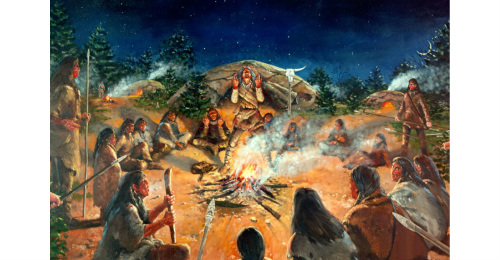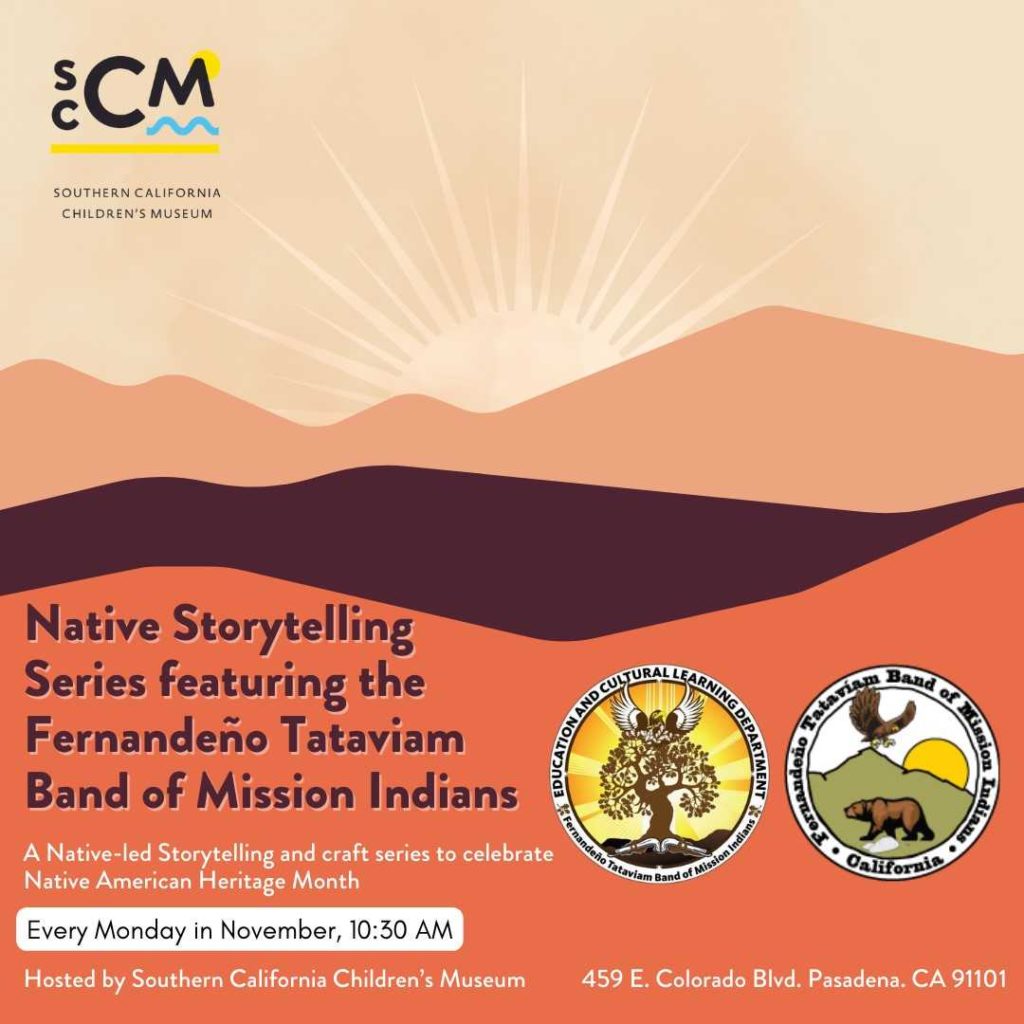
The Living Word: Native American Storytelling as a Masterclass in Cultural Knowledge Transfer
In an age increasingly dominated by fleeting digital information, the enduring power of Native American storytelling stands as a profound testament to the efficacy of traditional narrative methods in preserving and transmitting cultural knowledge. Far from mere entertainment, these sophisticated oral traditions are intricate systems designed to educate, guide, and connect generations, embodying histories, spiritual beliefs, ethical frameworks, and practical wisdom within their compelling structures. This is not simply a recounting of tales; it is a dynamic, living pedagogy, a masterclass in the transfer of identity and survival.
At its core, Native American storytelling is an oral tradition, distinct from the written word in its performance-based nature. It thrives on direct human connection, the nuances of voice, gesture, and shared space. Unlike a static text, a story told is a collaborative act between teller and listener, shaped by the moment and the community present. This immediate, interactive environment is crucial for deep cultural immersion. The stories are not passive historical records but active agents in shaping the present and future. They are the arteries through which the lifeblood of a people flows, ensuring continuity and resilience against the tides of change and oppression.
Traditional Narrative Techniques: The Architecture of Memory
The methods employed in Native American storytelling are meticulously crafted to enhance memory, convey complex ideas, and foster a profound sense of belonging. These techniques are not accidental; they are the result of millennia of refinement, honed to make knowledge sticky and resonant.
1. Repetition and Patterning: One of the most pervasive and effective techniques is repetition. This is not redundancy but a deliberate mnemonic device and a rhythmic anchor. Phrases, character actions, specific events, or even entire narrative segments are repeated throughout a story. This rhythmic recurrence aids memorization for both the storyteller and the audience, particularly children, who learn the story’s structure and content through its predictable patterns. Beyond memory, repetition often signifies importance, emphasizing key moral lessons or the cyclical nature of events in the natural world. It creates a hypnotic cadence that draws listeners deeper into the narrative, making the lessons embedded within more indelible.

2. Metaphor, Symbolism, and Imagery: Native American narratives are rich tapestries woven with metaphor and symbolism. Abstract concepts—such as respect for nature, the interconnectedness of all life, or the complexities of human morality—are made tangible through evocative imagery and symbolic characters. Animals, plants, geological features, and celestial bodies often serve as powerful symbols, carrying layers of meaning derived from generations of observation and spiritual understanding. A raven might symbolize creation and wisdom, but also trickery and chaos; a river might represent the flow of life and ancestral memory. This symbolic language allows for multiple interpretations and deeper engagement, inviting listeners to uncover meaning relevant to their own lives and understanding.
3. Circular vs. Linear Narrative: Many Indigenous narratives defy the linear, beginning-to-end structure often found in Western storytelling. Instead, they employ a circular or spiral structure, mirroring the cyclical nature of life, seasons, and natural processes. Stories may return to previous themes, revisit characters in different contexts, or conclude by linking back to their beginning, emphasizing interconnectedness rather than a singular progression towards an endpoint. This approach reinforces a worldview where time is not a straight line but a continuous loop, where lessons are revisited and understood anew with each passing cycle. It teaches that the past is always present, informing and shaping the future.
4. Performance and Delivery: The oral storyteller is a performer, and the delivery is as crucial as the content. Voice modulation, gesture, silence, and even song or dance are integral parts of the narrative experience. The storyteller’s voice itself becomes an instrument, modulating pitch, pace, and volume to convey emotion, character, and suspense. Gestures animate characters and actions, making the story visually vivid. Strategic use of silence can build tension or allow a profound message to sink in. In many traditions, stories are accompanied by specific songs, drumming, or dances, transforming the narrative into a multi-sensory, immersive event. The audience is not a passive recipient; often, call-and-response elements invite direct participation, further embedding the community in the story’s fabric.
5. Character Archetypes: Native American stories frequently feature archetypal characters that embody specific roles and lessons. The Trickster figure (often Coyote, Raven, or Nanabozho) is perhaps the most well-known. These complex characters embody both wisdom and folly, challenging social norms, demonstrating the consequences of greed or hubris, and often bringing about creation or cultural change through their unpredictable actions. They are crucial for teaching ethical boundaries and critical thinking without direct didacticism. Other archetypes include the Culture Hero who brings essential knowledge or tools to the people, the Wise Elder who offers guidance, and the Monster Slayer who overcomes threats to the community. These figures provide relatable frameworks for understanding human nature and societal values.
6. Setting as a Character: The land itself is often a vital character in Native American stories. Specific mountains, rivers, valleys, or sacred sites are not merely backdrops but possess their own spirits, histories, and lessons. Stories are frequently tied to particular landscapes, imbuing them with deep cultural and spiritual significance. This practice reinforces the profound connection Indigenous peoples have to their ancestral lands, teaching respect for the environment and the understanding that humans are part of a larger ecological and spiritual web. The land remembers, and the stories help the people remember the land.
Cultural Knowledge Transfer: The Why and What
The application of these techniques facilitates the seamless transfer of an immense breadth of cultural knowledge, essential for the survival and identity of the community.
1. Historical Record and Origin Stories: Before written language, stories were the primary means of recording history. Origin myths explain the creation of the world, the tribe, and its specific customs and spiritual beliefs. Genealogical narratives connect individuals to their ancestors, reinforcing family lines and tribal identity. These stories are living histories, providing context and meaning to current existence.
2. Ethical Frameworks and Moral Lessons: Many narratives function as powerful moral compasses, guiding individuals on how to live harmoniously within their community and with the natural world. Stories illustrate the consequences of greed, selfishness, disrespect, or dishonesty, while celebrating virtues like generosity, humility, courage, and reciprocity. As the late Pueblo scholar Leslie Marmon Silko eloquently stated, "The stories are not just stories, they are all we have to teach the children. They are the only way we have to explain the world." This quote underscores the pedagogical intent behind every tale.

3. Practical Knowledge and Survival Skills: Embedded within narratives are often crucial pieces of practical knowledge necessary for survival. This includes information about hunting techniques, gathering edible and medicinal plants, navigating by stars, understanding weather patterns, agricultural methods, and crafting tools or shelters. The narrative format makes this information engaging and memorable, ensuring that vital skills are passed down effectively.
4. Spiritual and Ceremonial Guidance: Stories are intrinsically linked to spiritual beliefs and ceremonial practices. They explain the purpose of rituals, the significance of sacred objects, and the relationship with spiritual entities. They provide a cosmological framework that helps individuals understand their place in the universe and their responsibilities to the spiritual realm.
5. Language Preservation: For many Indigenous communities, storytelling is the primary vehicle for language preservation. The stories are told in the native tongue, ensuring that the vocabulary, grammar, syntax, and nuances of the language are actively used and passed on. With the tragic decline of many Indigenous languages due to historical suppression, the revitalization of storytelling is critical to linguistic survival.
6. Identity and Belonging: Perhaps most profoundly, stories are fundamental to shaping individual and collective identity. They teach who a people are, where they come from, and what values define them. By sharing these narratives, individuals are woven into the fabric of their community, connecting them to their ancestors, their land, and their future generations. They provide a sense of belonging and a shared cultural memory that transcends time.
Resilience and the Living Legacy
The legacy of Native American storytelling is one of immense resilience. Despite centuries of colonial attempts to suppress Indigenous languages, traditions, and spiritual practices—most notably through residential schools designed to strip children of their cultural heritage—these oral traditions have endured. The loss of languages, directly tied to the decline of oral traditions, is stark: it’s estimated that of the hundreds of Indigenous languages once spoken in North America, only a fraction remain vibrant, with many teetering on the brink of extinction. Yet, Indigenous communities worldwide are actively engaged in revitalization efforts, bringing back languages and traditional storytelling practices through immersion programs, community gatherings, and digital archiving. Contemporary Indigenous authors and artists are also drawing upon these traditional methods, adapting them for modern audiences while honoring their roots.
In conclusion, Native American storytelling methods represent a sophisticated, holistic, and deeply effective system for cultural knowledge transfer. Through techniques like repetition, rich symbolism, circular narratives, dynamic performance, and archetypal characters, these traditions do more than just entertain; they educate, moralize, historicize, and spiritually guide. They are living archives, embodying the wisdom, resilience, and unique worldview of diverse Indigenous nations. In an increasingly fragmented world, these ancient methods offer profound lessons on community, memory, and the enduring power of the spoken word to connect us to our past, inform our present, and shape a more meaningful future. The stories continue to live, breathe, and teach, echoing across generations with timeless relevance.